
Red pepper flakes, also known as red chili flakes, add a fiery kick to dishes. But what if you’re out of this essential spice? Fear not! In this blog post, we’ll explore the 10 best substitutes for red pepper flakes, ensuring your recipes remain flavorful and spicy. From ground cayenne pepper and chili powder to chipotle powder and paprika, we’ll guide you through a variety of alternatives that bring the heat. So let’s dive in and discover the perfect substitute for your next spicy dish!
What are Red Pepper Flakes
Red pepper flakes, also known as red chili flakes, are a popular spice made from dried and crushed red chili peppers. These vibrant flakes are known for their fiery heat and robust flavor. With a Scoville Heat Unit (SHU) ranging from 15,000 to 30,000, they add a spicy kick to various dishes, including pizzas, pasta sauces, stir-fries, and marinades.
Red pepper flakes are a versatile ingredient that allows you to customize the level of heat in your recipes. Whether you’re seeking a subtle warmth or a bold fiery sensation, red pepper flakes provide a convenient and flavorful way to add a touch of spice to your culinary creations.
What do Red Pepper Flakes Taste Like
Red pepper flakes have a distinct taste characterized by a spicy, hot, and pungent flavor. They deliver a fiery heat that can range from moderate to intense, depending on the variety and quantity used. Alongside the heat, red pepper flakes possess a slightly smoky and earthy undertone. The flavor profile of red pepper flakes can vary slightly based on the specific chili peppers used in their preparation.
How are Red Pepper Flakes Made
Red pepper flakes are made by harvesting ripe red chili peppers and drying them until they become brittle. The dried peppers are then crushed or ground into coarse flakes, typically using a mortar and pestle or a spice grinder. The intensity of the resulting flakes depends on the type of chili peppers used and whether the seeds and membranes are included during the grinding process. Some commercial varieties may also include additional seasonings or additives to enhance flavor or control heat levels.
Recipes with Red Pepper Flakes
Here are a few of my favourite recipes that use red pepper flakes that take the dish to the next level. All of these recipes can use the substitutes that we will discuss shortly.
- Cheesy White Bean and Tomato Skillet (One Pan Recipe)
- Creamy Pumpkin and Sausage Pasta Bake
- Spicy Beef and Chorizo Chili
- One Pot Creamy Leek Pasta
- Spicy Jalapeño Turkey Burgers
- Spicy Sausage Pasta (One Pot Recipe)
- Creamy White Bean Soup (Dairy Free)
- Easy Marinara Sauce
- Oven Roasted Vegetables on a Tahini Yogurt Sauce
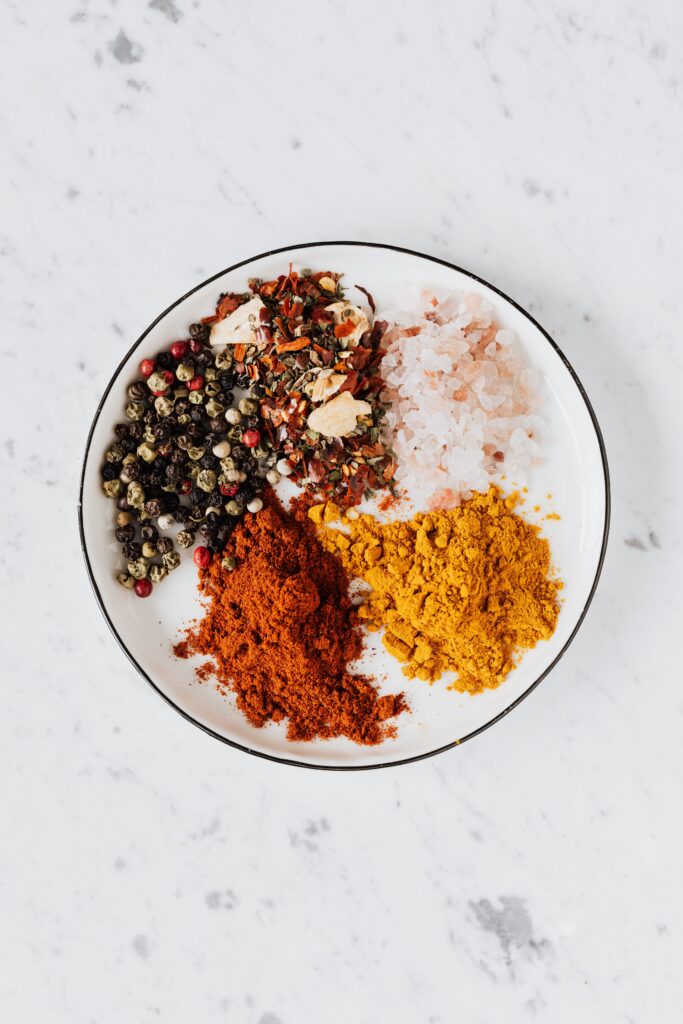
Best Substitutes for Red Pepper Flakes (Top 10)
Here are the top 10 substitutes for red pepper flakes. All of these options are easy to find at your local grocery store and you just might already have them in your pantry!
Ground Cayenne Pepper
Ground cayenne pepper offers a fiery substitute with a similar heat level to red pepper flakes. Use it sparingly, as it packs a punch of around 30,000 to 50,000 Scoville Heat Units (SHU). Start by using 1/2 teaspoon of ground cayenne pepper for every 1 teaspoon of red pepper flakes.
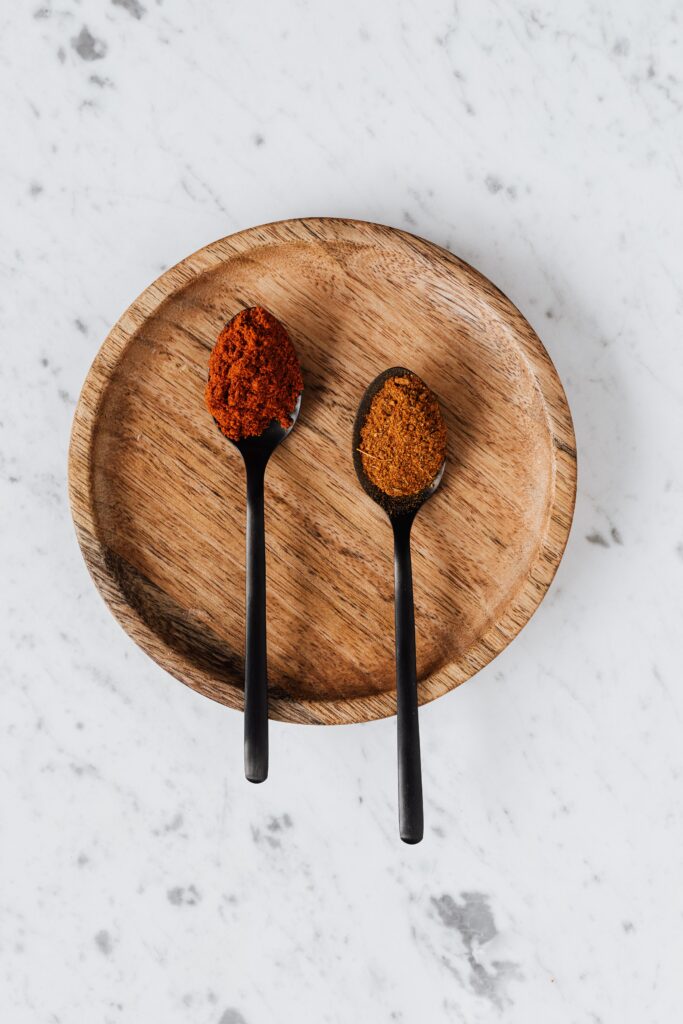
Chili Powder
Chili powder is a versatile option that combines various spices like cayenne pepper, paprika, garlic powder, and more. It brings a balanced heat and flavor profile to your recipes. Since chilli powder is not as firey as red pepper flakes, we suggest starting with a 2:1 ratio.
Crushed Red Chili Peppers
These are dried red chili peppers that have been crushed into flakes. They closely resemble red pepper flakes and provide a similar level of spiciness. This is one of the closest matches you can get in terms of spiciness and flavor profile.
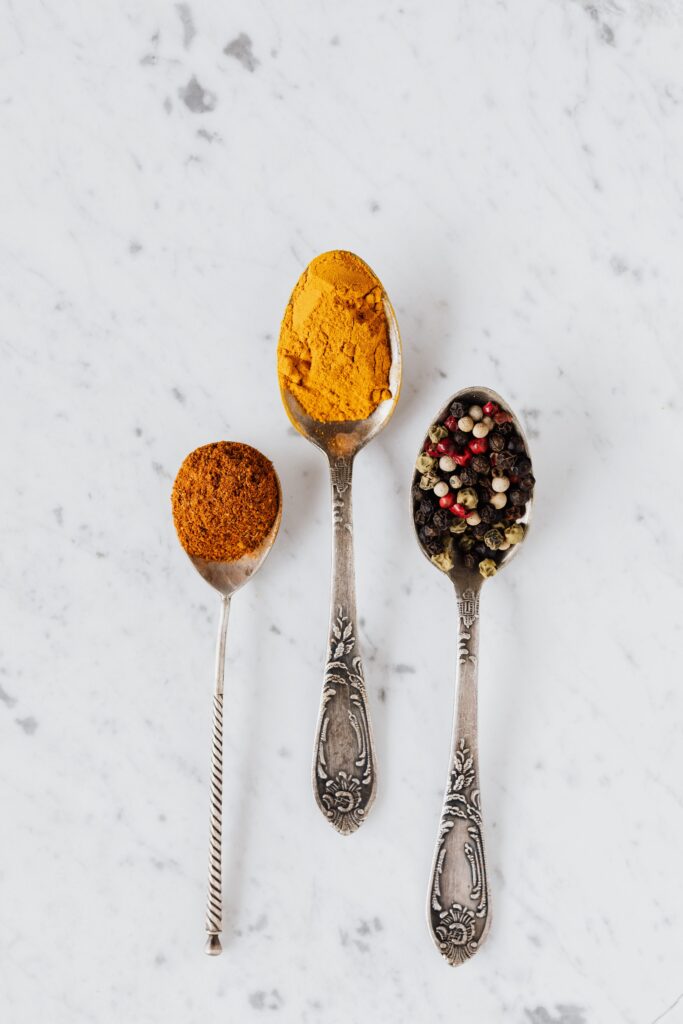
Paprika
Paprika offers a milder, smoky flavor compared to red pepper flakes. It adds vibrant red color to dishes without overwhelming heat. To learn more about the difference between paprika vs smoked paprika, check out this post.
Chipotle Powder
For a smoky and moderately spicy substitute, turn to chipotle powder. Made from dried and smoked jalapeño peppers, it imparts a unique depth of flavor to your recipes.
Dried Chili Peppers
Using whole dried chili peppers, you can create your own homemade pepper flakes by crushing or grinding them. Experiment with different chili varieties for a personalized heat level.
Black Pepper
Although not as spicy as red pepper flakes, black pepper adds a subtle heat and peppery flavor to dishes. Use it in combination with other spices for a well-rounded substitute.

Chili Paste
Chili paste, like sambal oelek, harissa or sriracha, offers concentrated heat and flavor. Adjust the amount according to your desired spice level.
Cayenne Pepper Powder
Similar to ground cayenne pepper, cayenne pepper powder brings intense heat to your recipes. Use it in moderation, as it can be significantly hotter than red pepper flakes.
Dried Chili Flakes
Explore different dried chili varieties, such as Aleppo, ancho, or Korean gochugaru flakes, to discover unique flavors and heat levels for your dishes.
Homemade Red Pepper Flakes: Easy Recipe
Making homemade red pepper flakes is a simple and rewarding process. Here’s a step-by-step guide:
- Choose and Prepare the Chili Peppers: Select ripe red chili peppers of your choice, such as cayenne, Thai, or bird’s eye chili. Wash the peppers thoroughly and pat them dry.
- Drying the Peppers: There are various methods for drying peppers. One option is to hang them in a well-ventilated area with good air circulation, such as a sunny window or a dry room. Another method is to use a dehydrator set to a low temperature, following the manufacturer’s instructions. Peppers are ready when they are completely dry and brittle, usually after a few weeks or several hours in a dehydrator.
- Removing Seeds and Stems: Once the peppers are dry, remove the stems and seeds. This step is optional, as leaving some or all of the seeds can increase the spiciness of the flakes.
- Crushing the Peppers: Using a mortar and pestle or a spice grinder, crush the dried peppers into coarse flakes. The desired texture can vary depending on personal preference.
- Sieving and Storing: To remove any remaining seeds or large particles, pass the flakes through a fine-mesh sieve. Transfer the homemade red pepper flakes to an airtight container, preferably a glass jar, and store them in a cool, dark place away from direct sunlight.
Now you have your own batch of homemade red pepper flakes ready to add a fiery kick to your dishes.
Frequently Asked Questions
Why it is not favourable to consume chili flakes?
While chili flakes can add a spicy punch to dishes, consuming them in excess may not be favorable for everyone. The intense heat of chili flakes can irritate sensitive stomachs, trigger acid reflux, or cause digestive discomfort. It’s important to use chili flakes in moderation and be mindful of personal tolerance.
Are chili flakes the same as paprika?
No, chili flakes and paprika are not the same. Chili flakes are dried and crushed chili peppers, known for their spicy heat and intense flavor. Paprika, on the other hand, is a ground spice made from dried and ground sweet or mild chili peppers, offering a milder flavor and vibrant red color. While both can add a delightful kick to dishes, they differ in terms of heat intensity and taste profile.
How much ground red pepper equals red pepper flakes?
When substituting ground red pepper for red pepper flakes, it’s important to consider the difference in intensity and heat. As a general guideline, you can use half the amount of ground red pepper compared to red pepper flakes. For example, if a recipe calls for 1 teaspoon of red pepper flakes, you can use approximately 1/2 teaspoon of ground red pepper.
What is a non-spicy substitute for red pepper flakes?
If you’re looking for a non-spicy substitute for red pepper flakes that still adds flavor and depth to your dishes, consider using paprika or smoked paprika. Both options provide a mild and smoky flavor without the intense heat of red pepper flakes. You can use them in equal amounts as a substitute in recipes to maintain the desired taste profile. Additionally, you may explore other herbs and spices such as oregano, thyme, or garlic powder to add a flavorful twist without the spiciness.
Summary: Best Red Chili Flakes Substitutes
Don’t let a lack of red pepper flakes hinder your culinary adventures. With these 10 fantastic substitutes, you can still achieve the desired spice and flavor in your recipes. Whether you opt for ground cayenne pepper, chili powder, or dried chili flakes, experiment with different alternatives to find your favorite.
Remember to adjust the quantities based on your heat preference and enjoy the bold and zesty flavors these substitutes bring to your dishes.

Christopher is a food and lifestyle expert, recipe developer and the content creator behind May Eighty Five. With years of experience in the kitchen, he also shares tips, tricks and how to’s that he has learnt over the years. Every week, he shares quick, simple and mostly healthy recipes along with some home and entertaining tips. You will find flavorful cocktails, delicious appetizers, tasty mains and some indulgent desserts. As a home decor enthusiast, he also likes to share simple DIY projects and simple tips for a beautiful home.


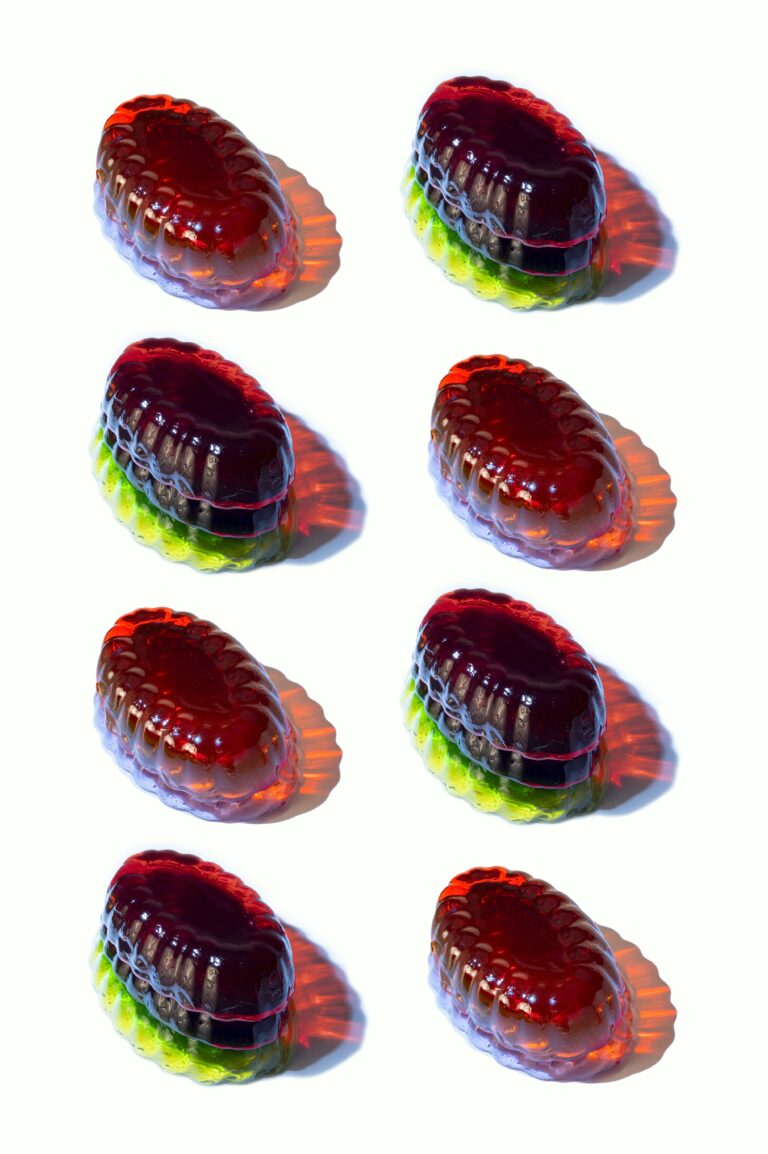

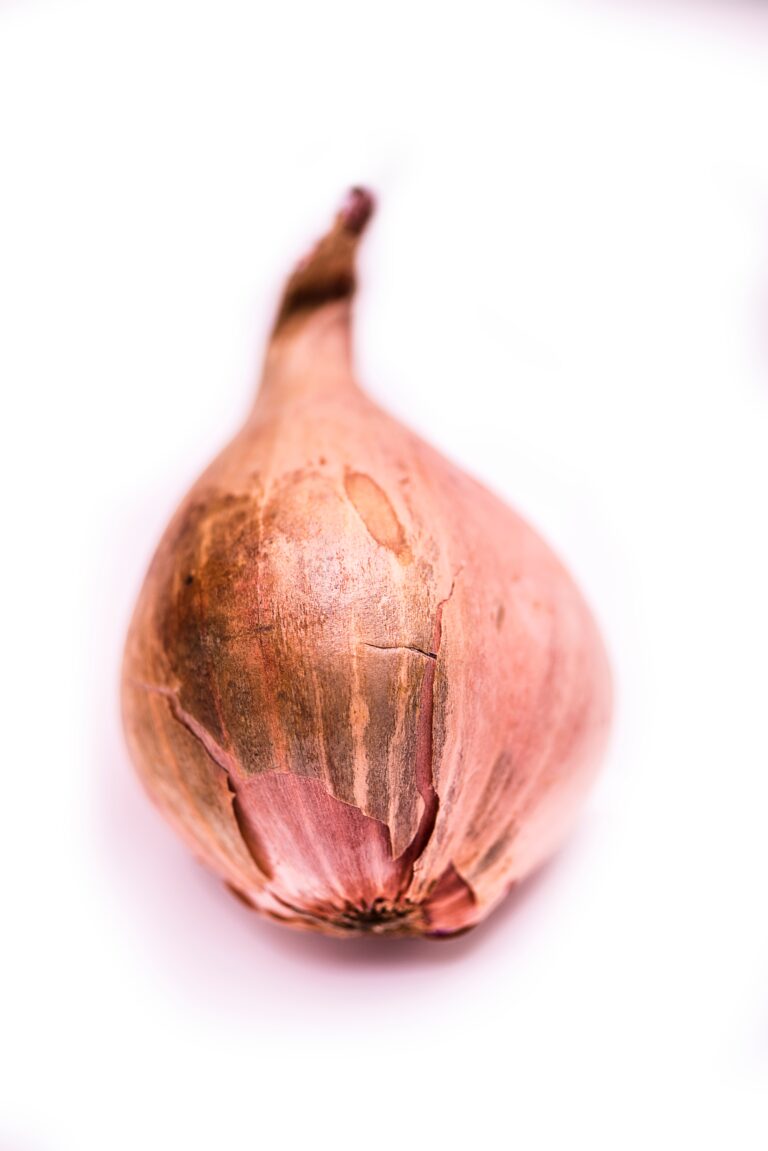
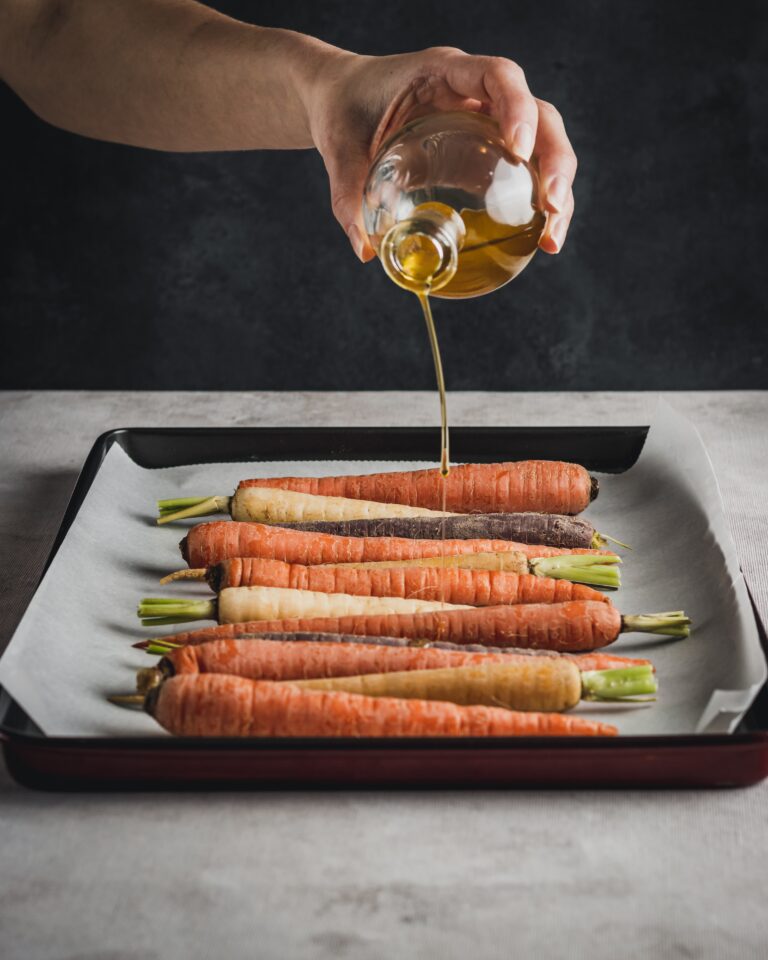
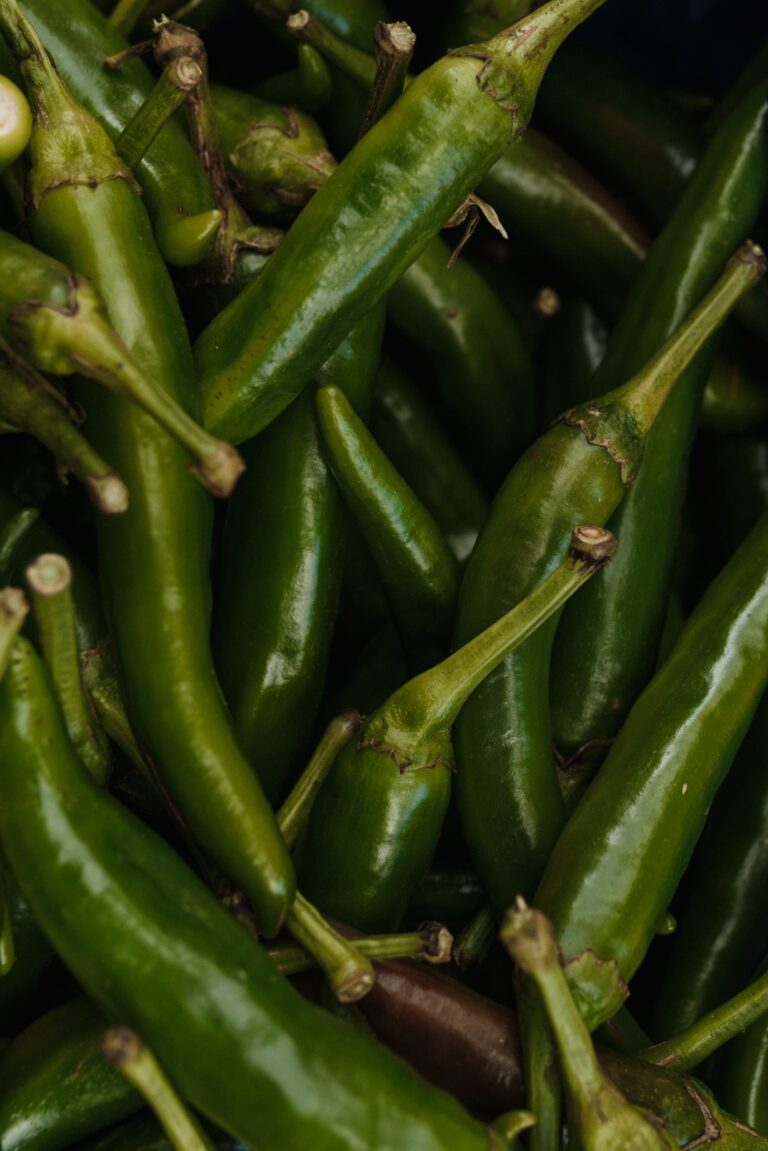
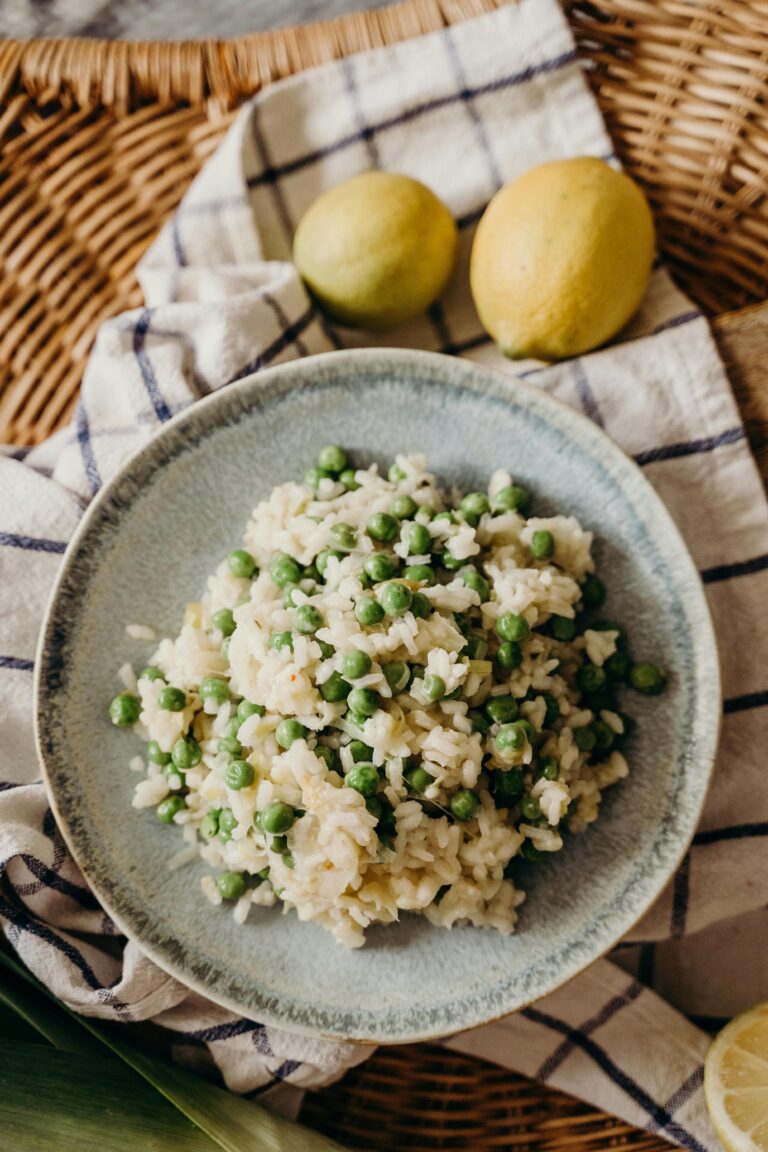
Your suggestions are fantastic; I particularly appreciate the inclusion of paprika, cayenne pepper.These alternatives allow for creative experimentation and add depth to any dish.